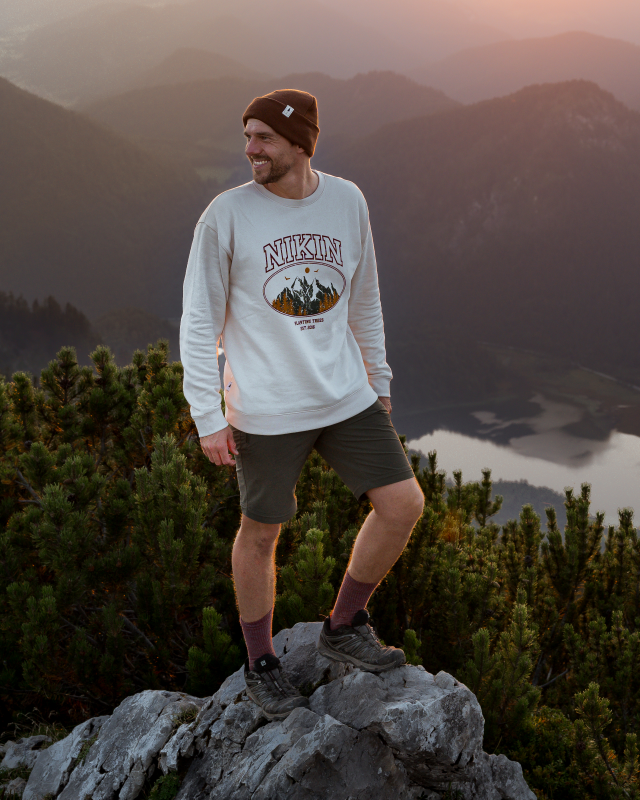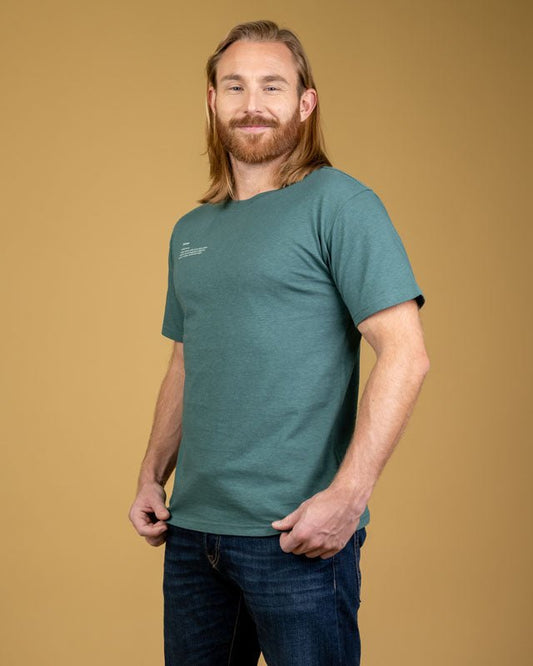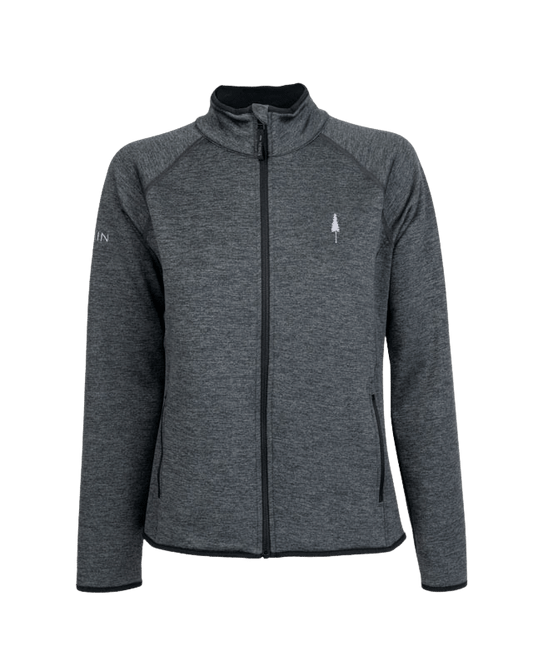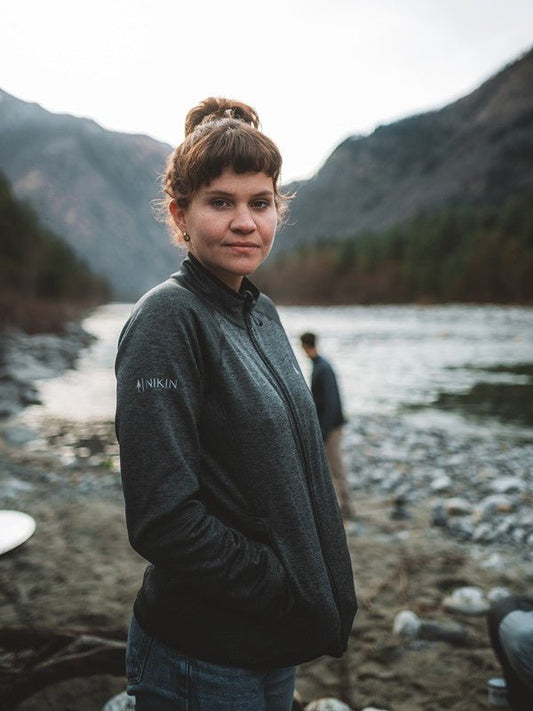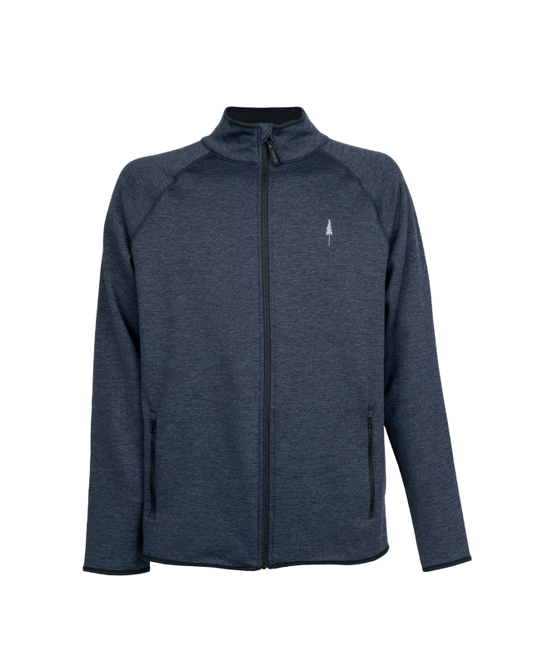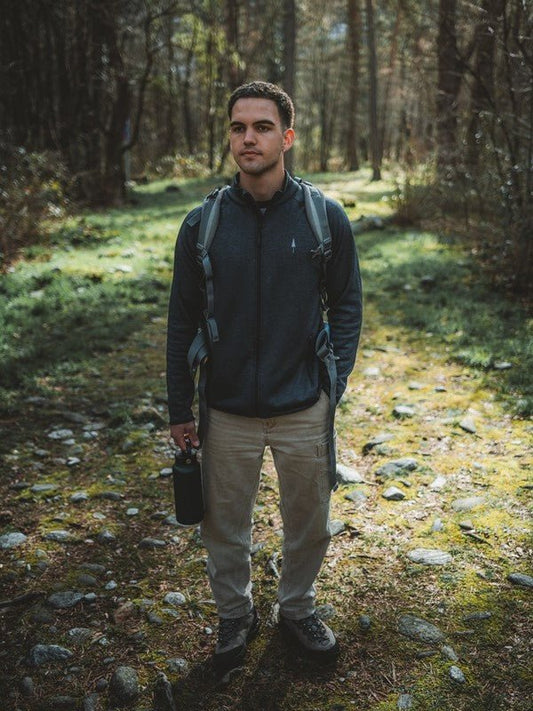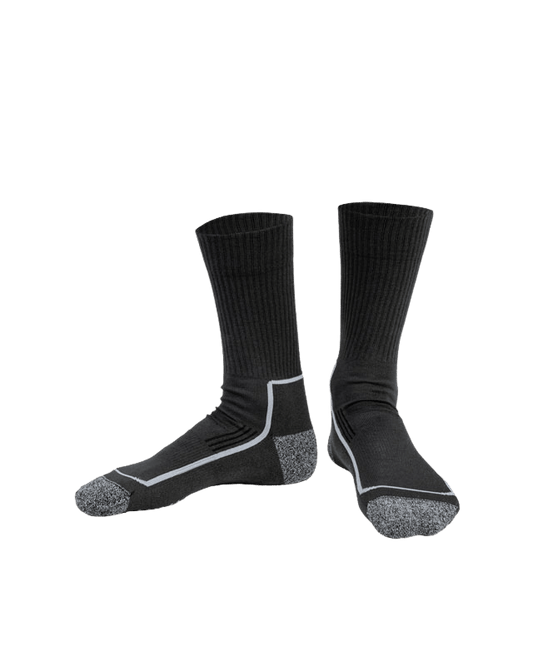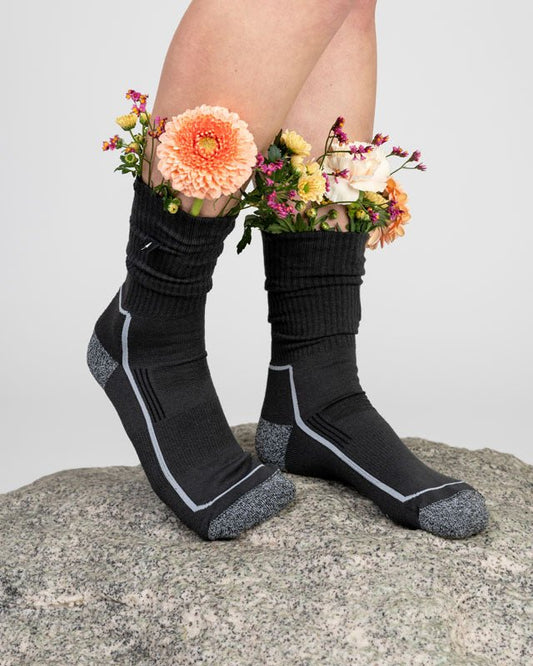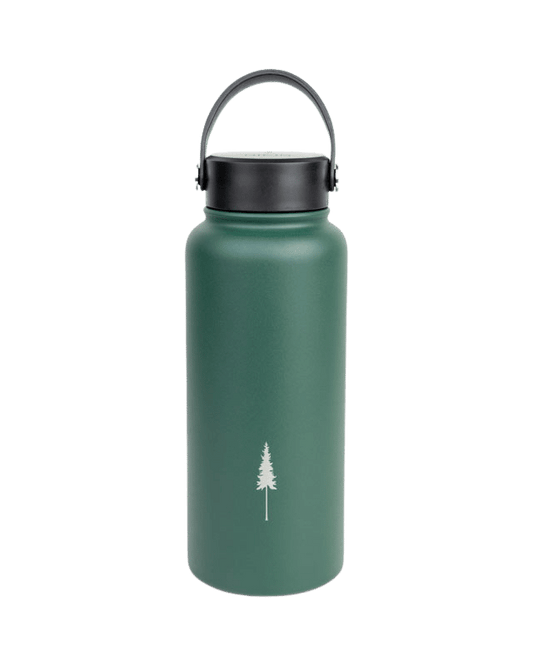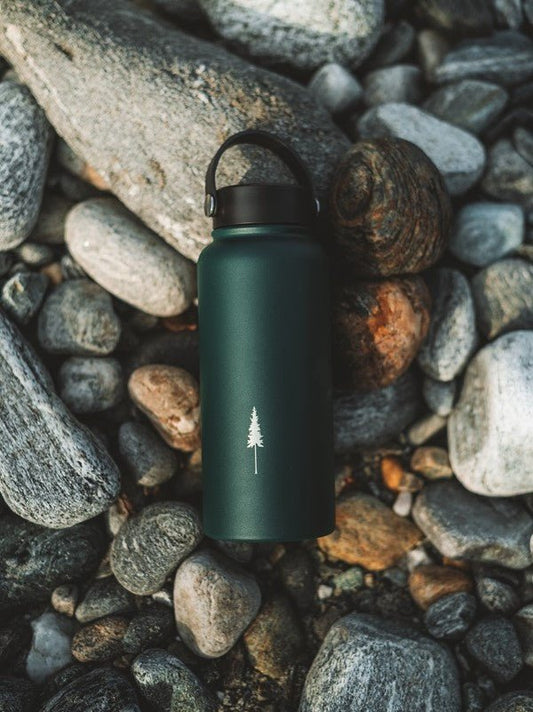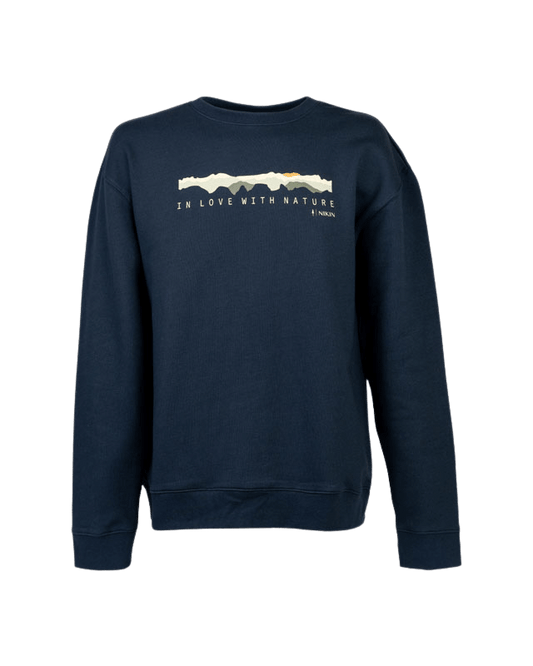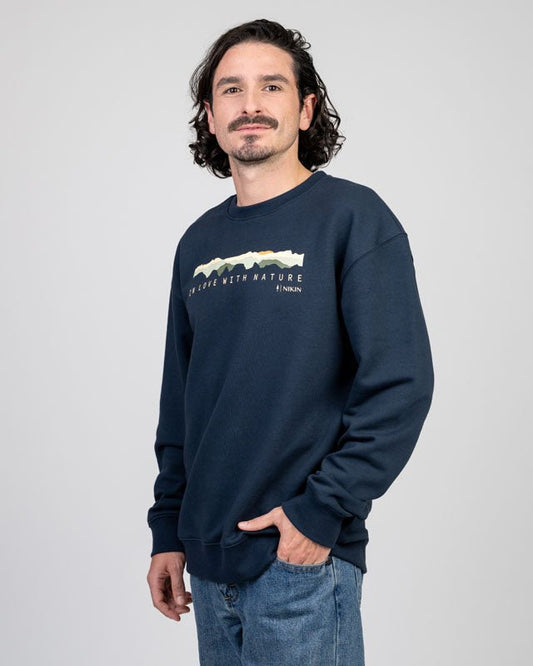As soon as the days get longer and the sun beckons, it's time for the first sunburn - unless you protect yourself from the UV rays. Find out here how you can do this sustainably.
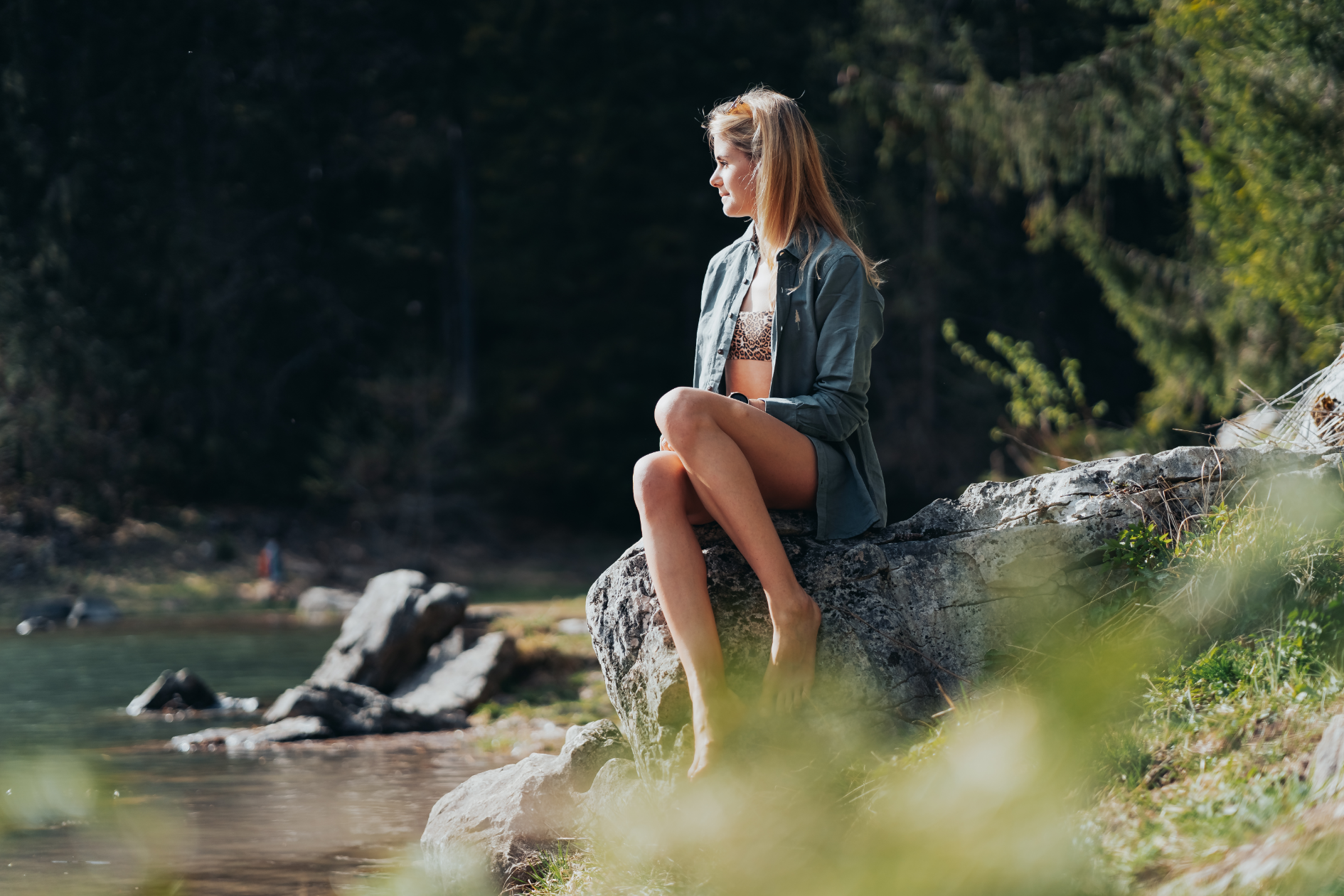
As soon as the days get longer and the sun beckons, it's time for the first sunburn - unless you protect yourself from the UV rays. Find out here how you can do this sustainably.
As nice as it is to lie in the sun in a bikini, by now word has spread that the skin only has a limited absorption capacity for ultraviolet radiation. Every too much is a deposit into an account from which you later "withdraw" a skin cancer. That is why more and more sun-seekers and active recreational athletes are taking prophylactic sun protection. But which sunscreen is the right one, and what should you pay particular attention to?

Protection from the sun - even in the shade!
The effect of UV rays reaches us even when it is cloudy. Water or snow reflect the sun's rays, so you can burn yourself even under a parasol or canopy. During very sunny days, there is no complete sun protection, but there are some things you can do:
- Avoid being in the sun during the midday hours.
- Protect body and head with clothing and hats if possible.
- Apply sunscreen or spray on uncovered parts of the body some time before going out.
- If you stay outdoors for a longer period of time, apply cream later.
- A pair of high quality sunglasses
- Pay particular attention to protecting (small) children from the sun, as their skin is more sensitive.

Have the dermatologist determine your skin type
Which protection factor is suitable is determined by a skin type test during a visit to the doctor. Experts distinguish between six skin types in terms of sensitivity. Types I and II in particular have extremely light skin, light hair and usually a light eye colour, hardly tan at all due to the low skin pigmentation and run a particularly high risk of burning themselves in the sun. The "dark" types V and VI, on the other hand, are already "pre-tanned" by nature - but even they should protect themselves on very sunny days.
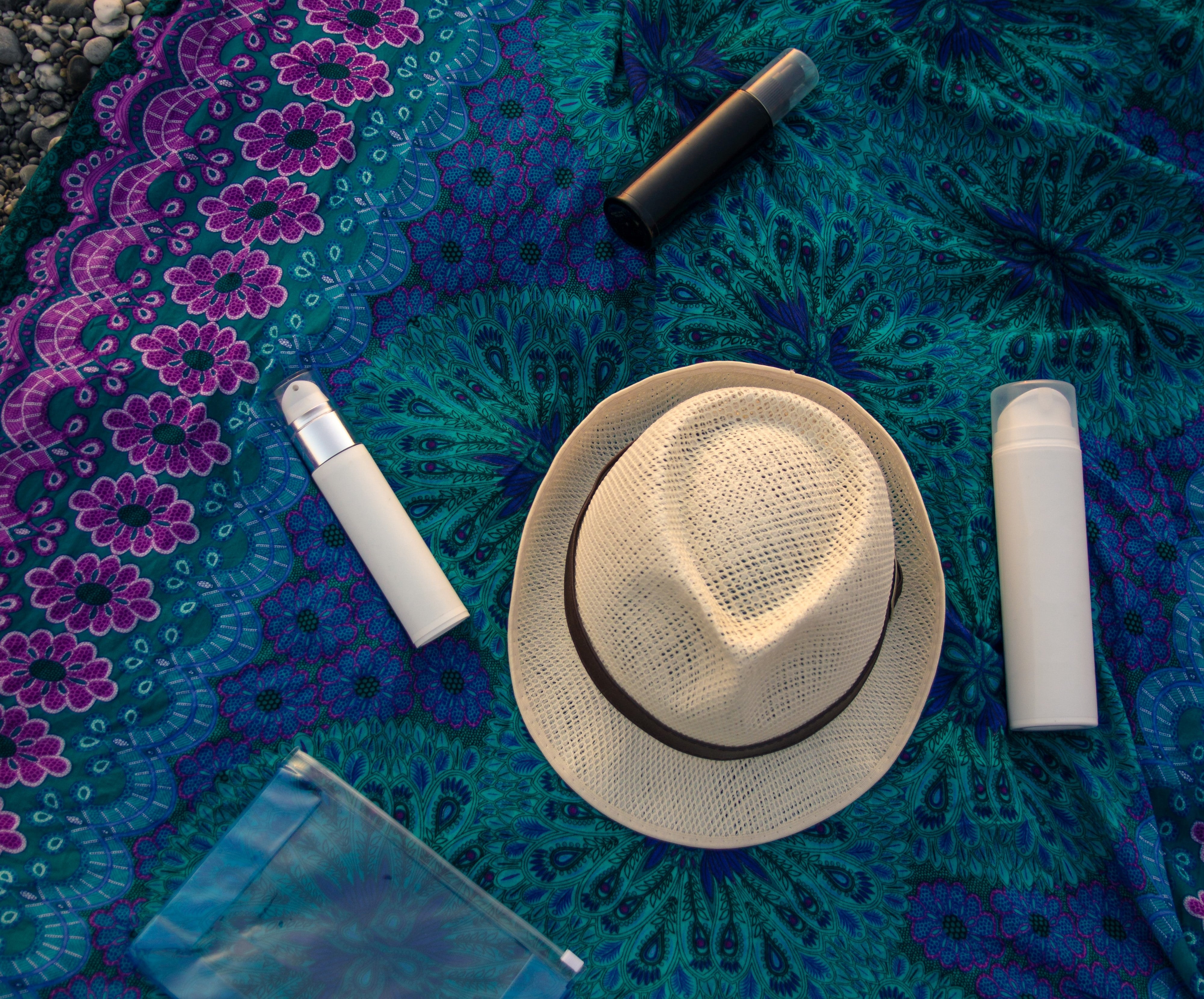
Sun protection factor and duration of effect
In any case, the sun protection factor provides information on how long the skin's resistance is prolonged after using a sunscreen - by simple multiplication. Someone with skin type I can stay in the sun for a maximum of ten minutes. With an SPF of 15, such a very sun-sensitive person can stay in the sun for 10 x 15 = 150 minutes. Strong sun protection factors such as 50 or 100 therefore increase the skin's own protection quite considerably. The light protection of sun milk or sun cream is generally classified as low, medium or high - according to the following numbers:
- SPF up to 10: low protection
- SPF 15 - 25: medium protection
- SPF from 30: high protection

Which sun protection for skin and environment?
Products with a high sun protection factor are good for the skin and protect against cancer. But they can cause considerable damage to the environment, especially when freshly applied (sun)creams are repeatedly applied to the water at busy beaches. The UV filters that the skin so urgently needs kill the microorganisms in coral reefs.
Of course, you can make your own sustainable sunscreen, if you are already really familiar with natural cosmetics from your own production. For everyone else, there are ready-made products without too many chemicals. Such sustainable sun creams as "We love the Planet" and and the Zinc Suncreen from Suntribe let us enjoy the most beautiful time of the year with a clear conscience.





